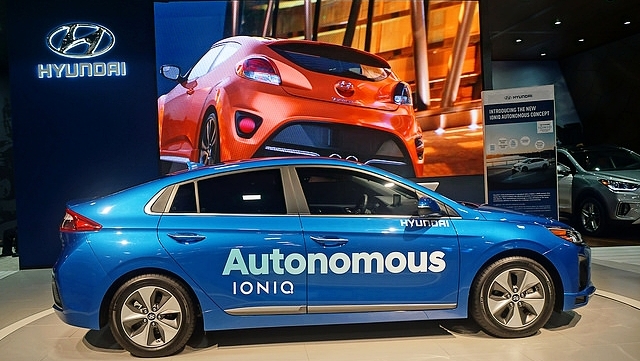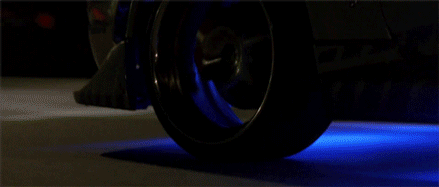Every day, thousands of people are involved in car accidents. Some of those car accidents can result in rollovers. According to the NHTSA, more than 15,000 car crashes happen each day in the United States and of those accidents, 7,000 resulted in rollovers. The NHTSA splits rollover car accidents into two categories: tripped or untripped. “A tripped rollover event occurs when a vehicle runs off the road and is tripped by a ditch, soft soil, a curb or other objects causing a vehicle to roll over. An untripped rollover event happens when the tire/road interface friction is the only external force acting on a vehicle, thereby inducing it to roll over.”
According to the NHTSA, there are six main factors that cause rollover accidents:
6 Factors That Cause Rollover Car Accidents
1. VEHICLE TYPE - All types of vehicles can rollover. However, taller, narrower vehicles such as SUVs, pickups, and vans have higher centers of gravity, and thus are more susceptible to rollover if involved in a single-vehicle crash.
2. SPEED - Fatal rollover crashes are speed-related more often than fatal non-rollover crashes. Some 40% of fatal rollover crashes involved excessive speeding . Additionally, nearly ¾ of fatal rollovers took place where the posted speed limit was 55 miles per hour or higher.
3. ALCOHOL - Nearly half of all fatal rollover crashes involve alcohol . Impairment can result from any blood alcohol concentration (BAC) above .00 . Even a small amount of alcohol will negatively affect your judgment, muscular coordination, and vision, making you more likely to lose control of your vehicle.
4. LOCATION - Rural roads tend to be undivided and without barriers. They are thus more likely to be the scene of a fatal rollover. Almost ¾ of fatal rollovers occur in rural areas where the posted speed limit is typically 55 miles per hour or higher.
5. ROUTINE DRIVING - NHTSA data also suggest that over 90% of the vehicles in fatal, single-vehicle rollover crashes were involved in routine driving maneuvers (going straight or negotiating a curve) at the time of the crash. This further suggests that driver behavior (distraction, inattentiveness, speeding, and impaired driving) plays a significant role in rollover crashes.
6. SINGLE-VEHICLE CRASHES - NHTSA data show that nearly 85% of all rollover-related fatalities are the result of single-vehicle crashes. This means that the majority of rollover crashes and fatalities do not involve any other vehicle besides the one that rolled over, further suggesting that driver behavior plays a significant role in rollover crashes.
All of these are factors in rollovers, but sometimes the cause for a rollover accident is unknown. One example of an unknown cause of a rollover accident is the the story of 2 16-year-old girls, Darian Locklear and Julianna Ward-Brown. According to the Detroit Free Press, the girls were driving down I-94 near Williamston, Michigan, to their evening hockey practice when they lost control of the car and hit a tree in the median. The vehicle rolled and hit another tree. Police reported that they didn't have a cause for the accident and are still investigating the accident.
There are many different causes of rollover car accidents and now car companies are helping to reduce the chance of a fatal rollovers. Jeep has created a product that helps keep the car in tact in case of a rollover. It's called a Roll Cage and can be bought and installed to any Jeep. The Roll Cage is installed on the roof of Jeeps to help in the case of a rollover accident. It prevents the car from rolling and if the car does roll the passengers inside the vehicle have a lower chance of getting injured. These Roll Cages are a small step in the right direction to help create safer vehicles for people to drive.
Accidents of all kind are very scary. It can happen and any moment to anybody. An important thing to remember is to always make sure you are driving safely and within the speed limit with all your attention on the road. A small distraction can have a big consequence. If you or someone you know has been in an accident call call The Michigan Law Firm, PC at 844.4MI.FIRM for a free legal consultation.





















